RIAS reveals winners of 2023 national architecture awards
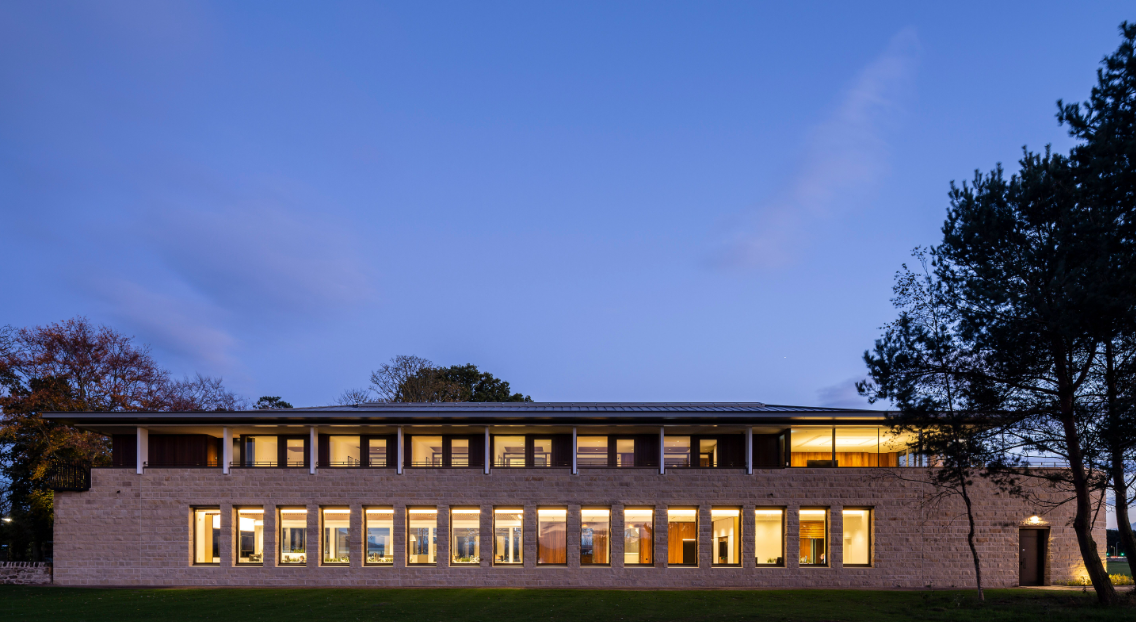
The St Andrews Links Trust facility © Keith Hunter
A clutch of new houses, two new university facilities and a new headquarters at the home of Scottish golf are among seven extraordinary new buildings that have today been revealed by the Royal Incorporation of Architects in Scotland (RIAS) as winners of the 2023 RIAS Awards.
Demonstrating the quality and breadth of architectural endeavour in Scotland, the winning buildings are assessed by an expert jury who visit each project in person, and consider the buildings’ architectural integrity, usability and context, delivery and execution, and sustainability.
The RIAS said the 2023 winners demonstrate that all types and sizes of architectural projects can win the award.
The 2023 RIAS Awards winners are:
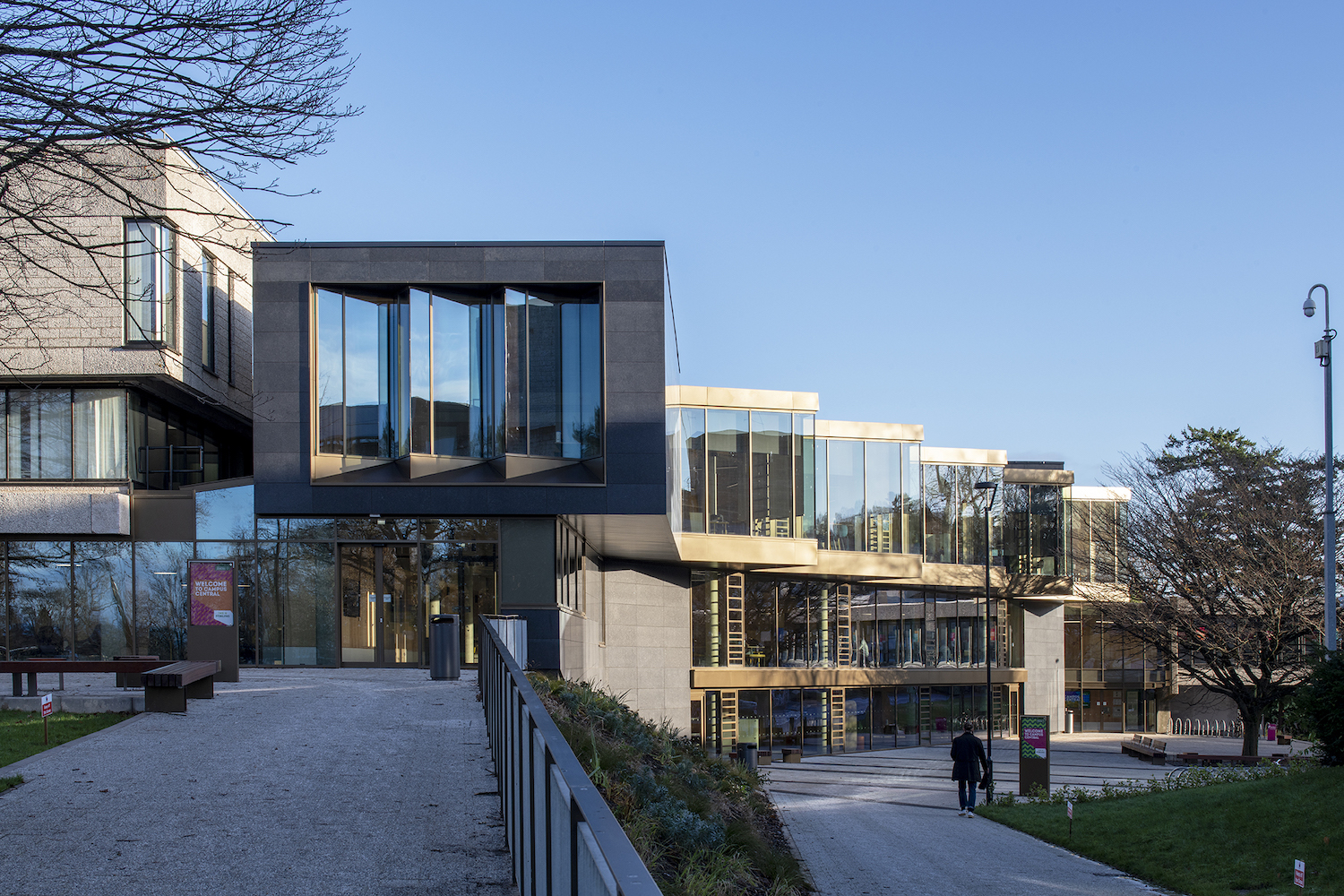
Campus Central © Paul Zanre
Campus Central, University of Stirling by Page\Park Architects
This landmark redevelopment project at the heart of the University of Stirling’s campus combines the refurbishment and extension of an existing 1970s building to create an exceptional student experience, including new study and learning spaces alongside enhanced student support facilities.
Through adaptive re-use, the project establishes a welcoming and vibrant face for students and staff at the University, and for members of the pubic visiting the Macrobert Arts Centre. The University’s parkland campus contains many architecturally important buildings: Page\Park Architects’ Campus Central is recognised as a worthy new addition.
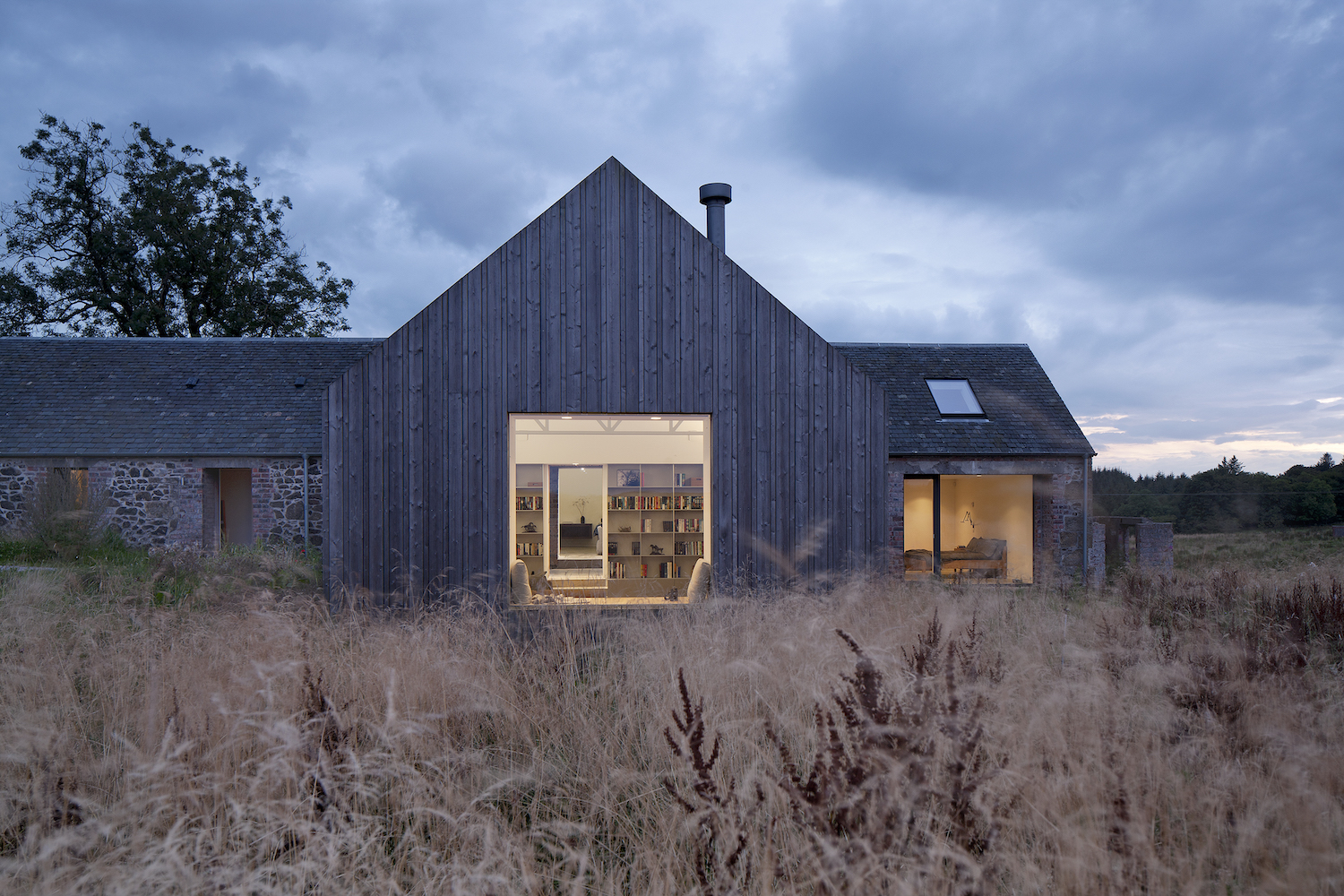
Cuddymoss © David Barbour
Cuddymoss, North Ayrshire by Ann Nisbet Studio
This new house is located within and around a ruined building in the Ayrshire landscape – formed over two hundred years to house people and cattle. Ann Nisbet Studio conceived the project as a ‘building within a ruin’ – taking a quiet, honest and restrained approach that brings the building gently back to life as a home while retaining the character of the ruin.
In the wrong hands, the ruin could have been over-domesticated or romanticised: instead it retains its character and relationship to the landscape, thanks to a light-touch and respectful approach, as well as a careful use of materials. A simple timber-clad second building, connected to the ruin by a glazed link, provides additional space.
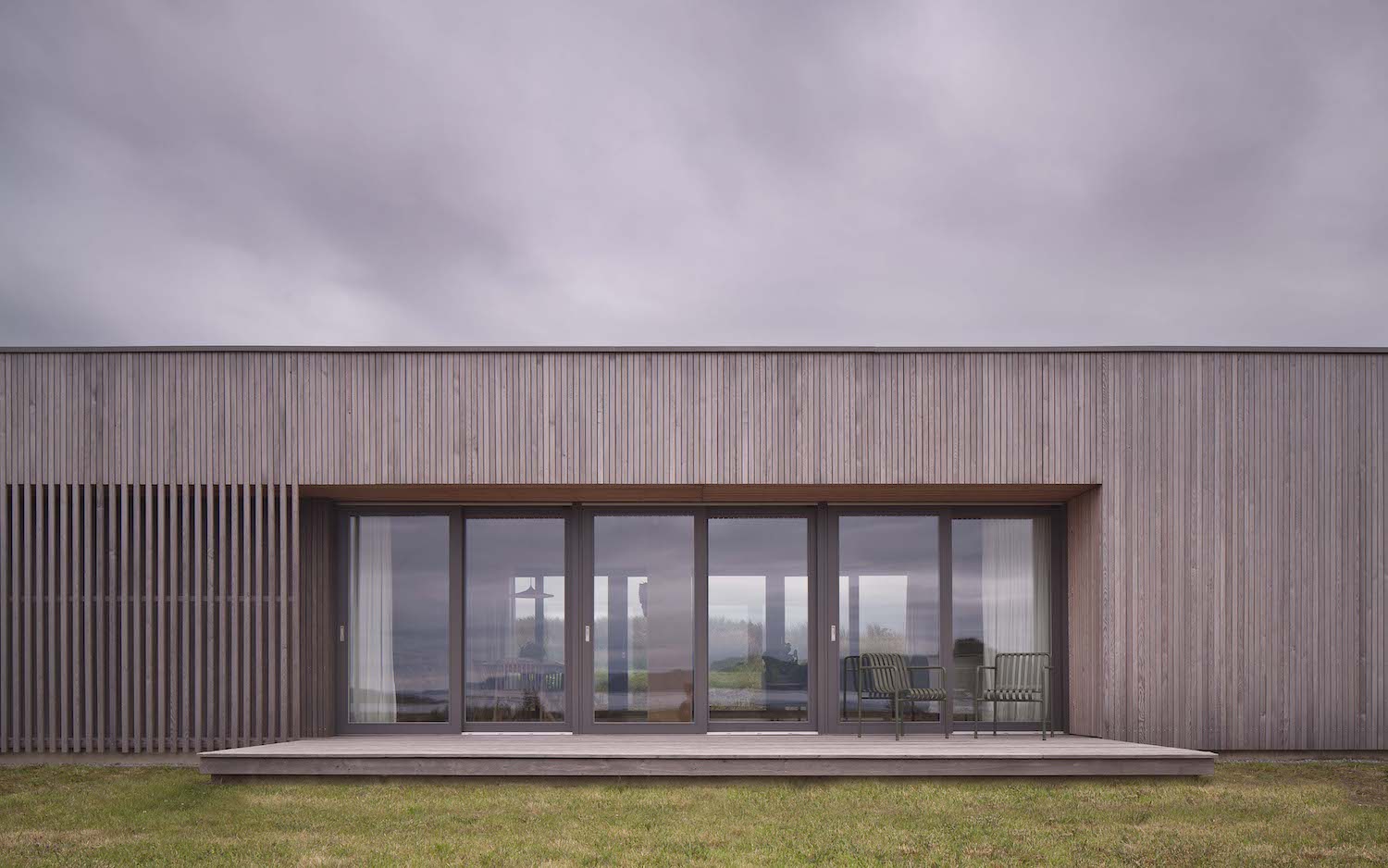
Half of Eleven © David Barbour
Half of Eleven, Isle of Skye by Dualchas Architects
Half of Eleven was designed by Dualchas Architects as a self-build house, which the owners have built themselves on a modest budget as they work to regenerate their long-held but neglected croft in the coastal township of Breakish. The new house appears as a simple and unobtrusive addition to the landscape, with large windows in the main living space providing beautiful views, and timber cladding used to allow the building to blend naturally with its surroundings.
The extensive use of timber continues inside, bringing texture and warmth to the home’s bright and airy spaces. This project demonstrates that architecture does not need large footprints and budgets to create rural buildings of great character.
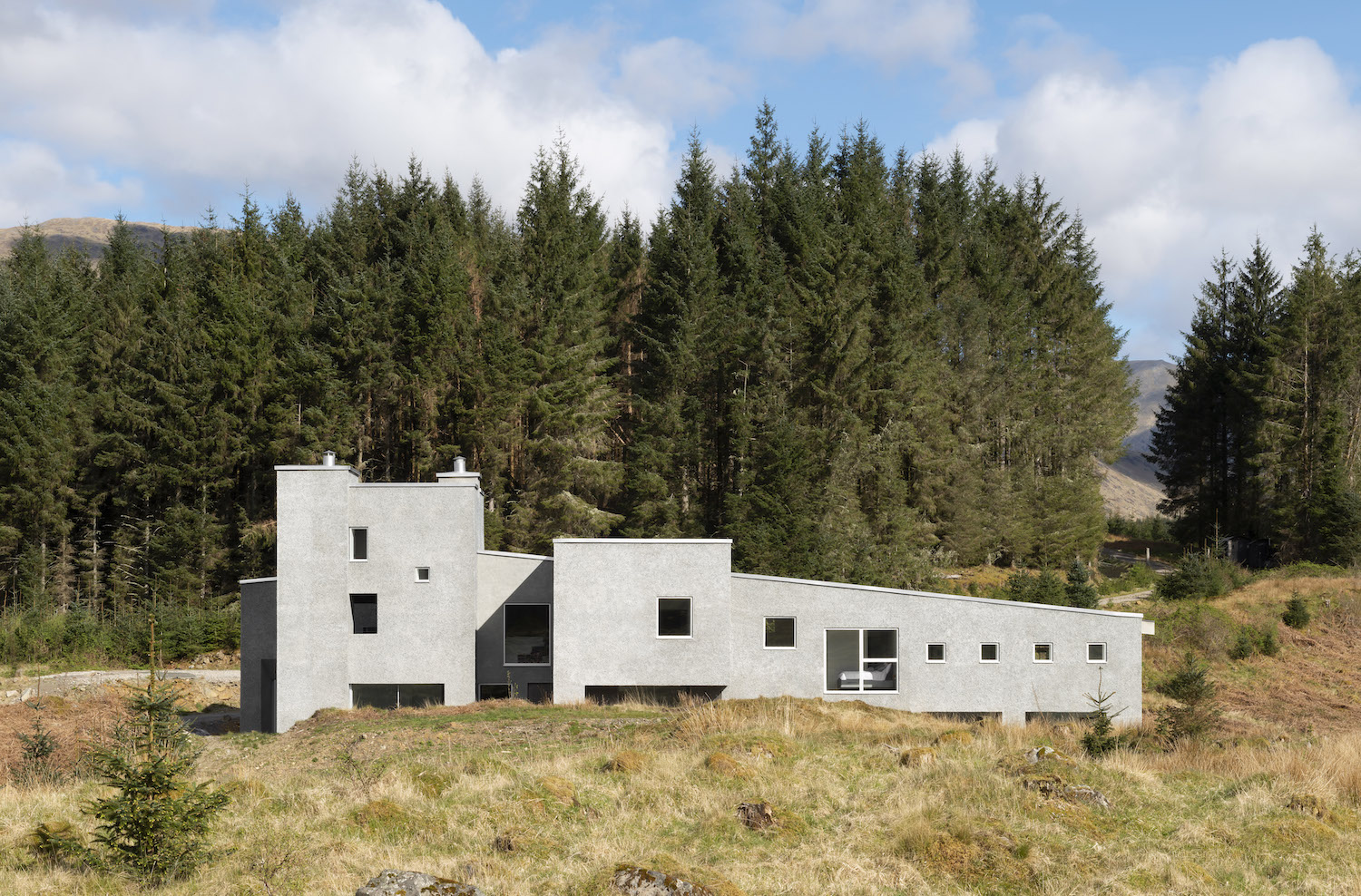
Hundred Acre Wood © Gilbert McCarragher
Hundred Acre Wood, Argyll and Bute by Denizen Works
Denizen Works’ clients set out to create a home for themselves and their large family: a place that would reflect their personalities, provide a lasting legacy for the family, and do justice to its setting within a stunning landscape overlooking Loch Awe.
The design draws upon Scotland’s architectural heritage as well as the sculpture of Eduardo Chillida which, like the house, evokes a sense of carved solid mass which is well-suited to the exposed site and harsh weather. Quirky touches include cladding created with recycled TV screens to create a contemporary take on traditional Scottish harling, and a bathroom with two copper baths side by side, looking out upon the rocky landscape.
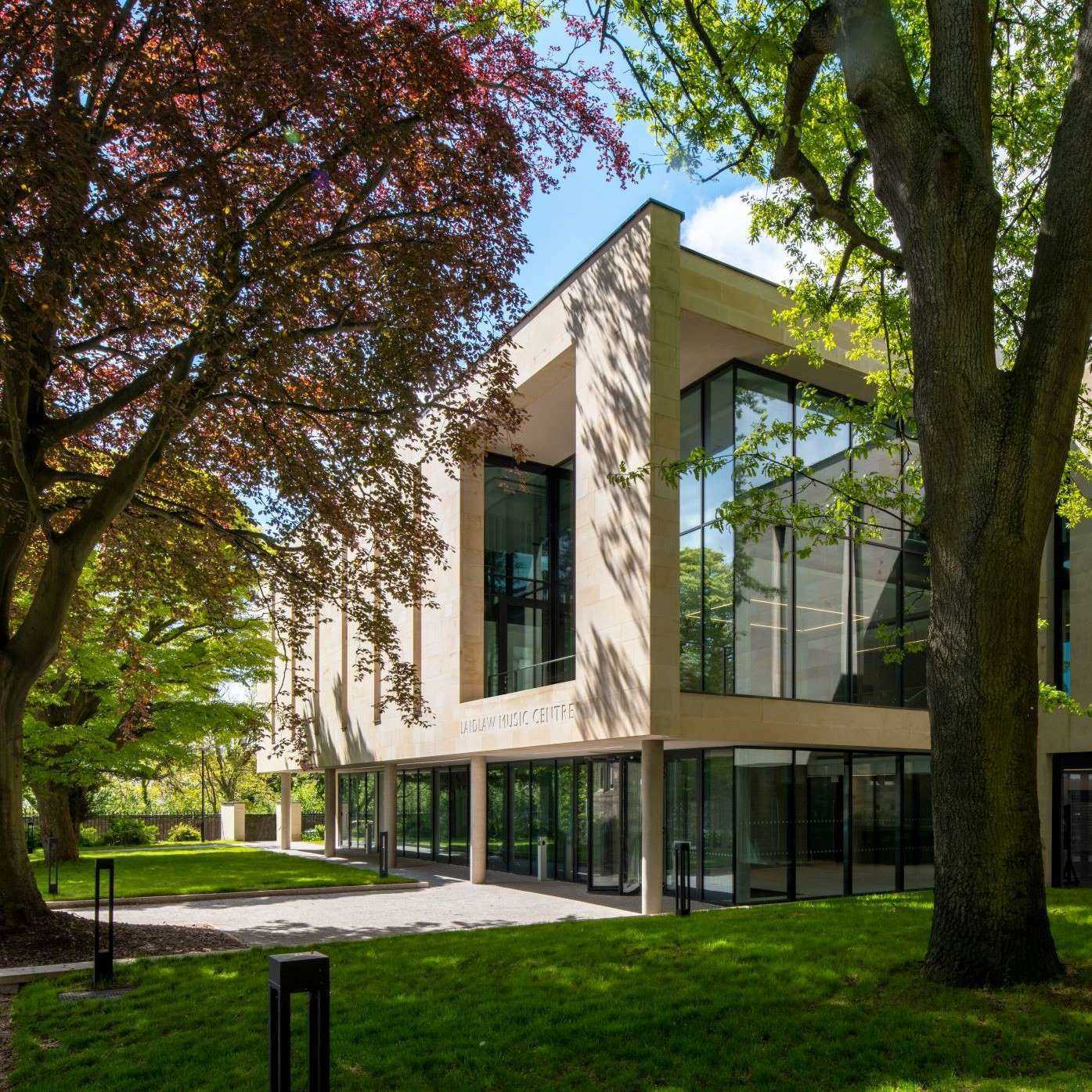
Laidlaw Music Centre © Paul Zanre
Laidlaw Music Centre, University of St Andrews by Flanagan Lawrence
The first building dedicated to music in the University of St Andrews’ 600-year history creates new opportunities for young people – including students as well as those from the local community - to connect with the performing arts. The new building contains an intimate performing venue, flexible rehearsal space, and a high-tech recording facility, and creates a new quadrangle as an extension of the historic St Mary’s Quadrangle – the oldest part of the University dating to the 16th century.
Within its pale sandstone walls, the oak lined recital room contains exceptional technology that allows it to be physically reconfigured and acoustically ‘tuned’ at the touch of a button in order to suit anything from orchestral rehearsals to small-scale ensembles.
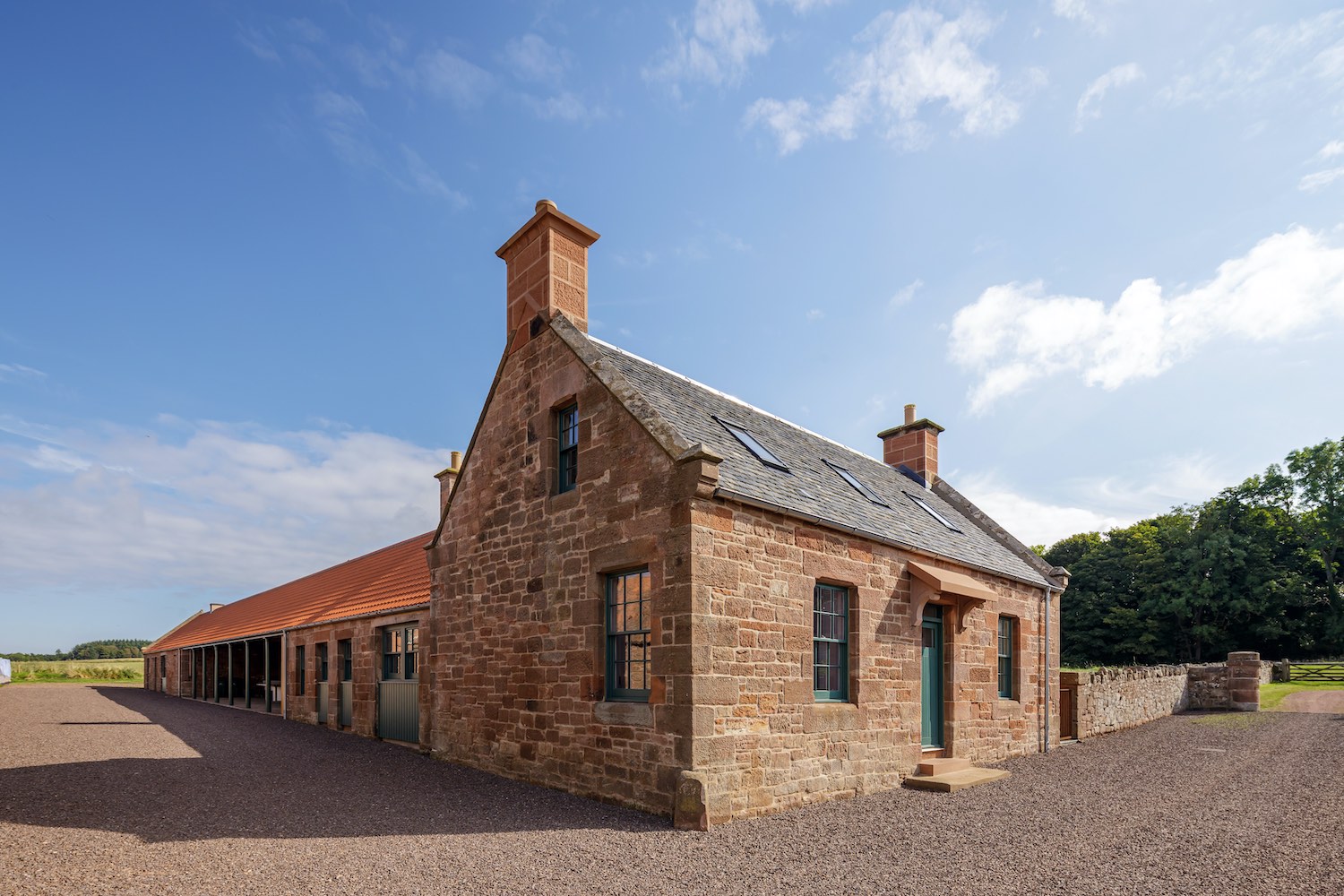
Papple Steading © Ross Campbell
Papple Steading, East Lothian by cameronwebster architects with Ian Parsons Architect
Papple Steading, originally built in the 19th century to house cattle, store grain and machinery, and provide farm workshops, is one of the largest steadings in East Lothian. It had lain underused and derelict for years, until client George Mackintosh set about creating a museum to celebrate an agricultural way of life that is fast disappearing.
The first completed phase sees the restoration and conversion of the original farmhouse and outbuildings into self-catering accommodation, in order to create income to support the museum’s creation. The extensive conservation project has carefully retained, repaired and upgraded the historic range of buildings, preserving the character of the steading and making best use of its historic fabric to secure its long-term future.
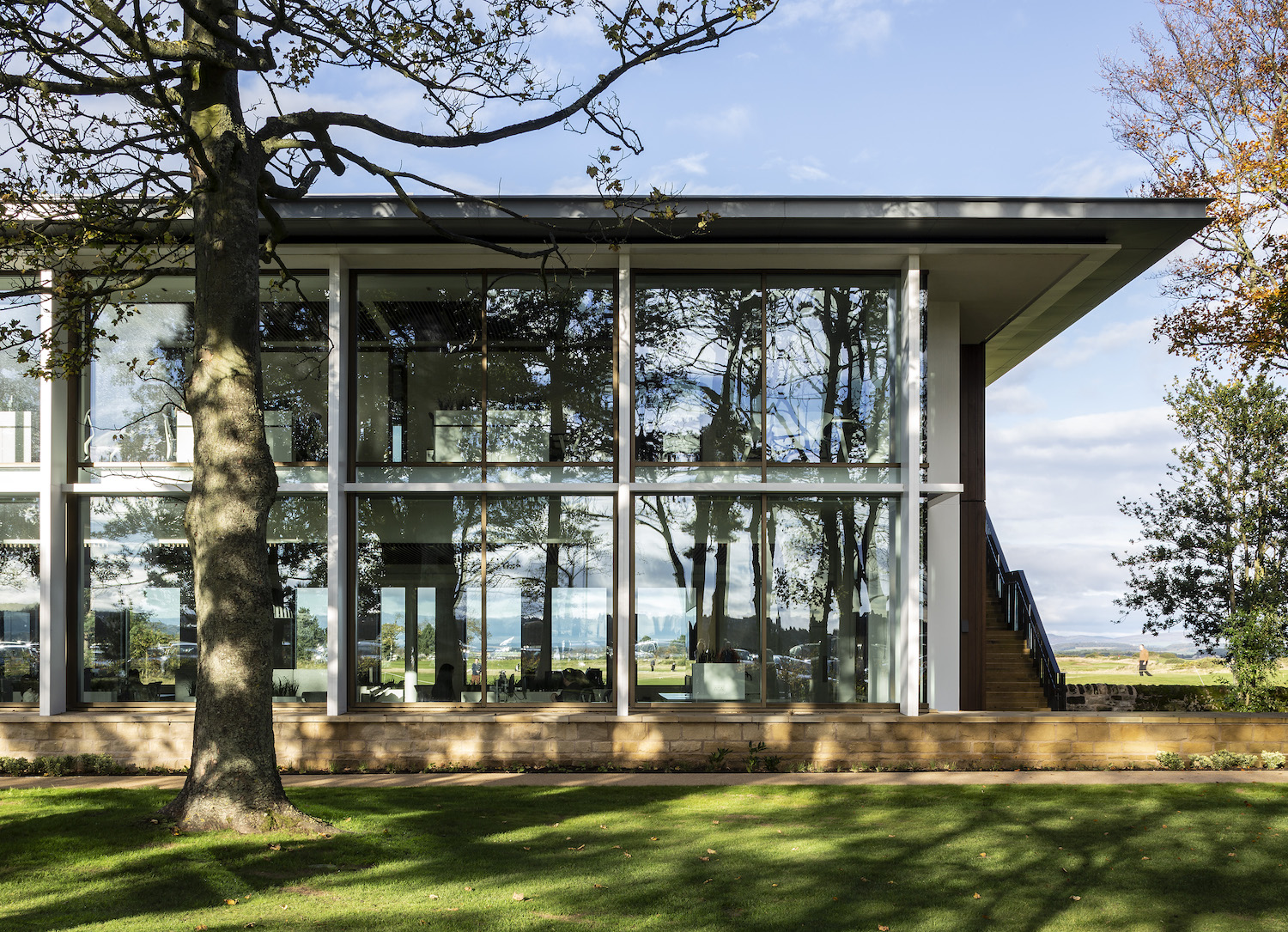
Pilmour House © Keith Hunter
Pilmour House, St Andrews by Nicoll Russell Studios
St Andrews Links Trust operates the seven public golf courses that constitute the “Home of Golf”: revered by the worldwide golfing community and cherished by local residents as a place for outdoor recreation and relaxation.
The new HQ is grounded within its landscape, using highly tailored architecture to encapsulate the Trust’s values of quality, heritage and commitment to excellence. Sandstone masonry – a common material across St Andrews – is juxtaposed with lighter framed construction in timber, glass, zinc and aluminium in a pavilion-style building that presents a new public presence for the Trust and commands exceptional views over the surrounding golf courses. Nicoll Russell Studios harnessed this setting to create an office building that draws upon, and augments, a very distinct sense of place.
The winners of the RIAS Awards will now become the ‘longlist’ for the RIAS Andrew Doolan Best Building in Scotland Award – one of the most significant architecture prizes in the world. The Doolan Award shortlist will be announced in July ahead of the winner announcement in November.
Recipients of the 2023 RIAS Awards are also eligible for the Royal Institute of British Architects (RIBA) National Awards.
Tamsie Thomson, chief executive at the RIAS, said: “From simple yet elegant new homes that respond to varied Scottish landscapes, to complex higher education and corporate buildings created for some of Scotland’s world-leading institutions, the winners of the 2023 RIAS Awards demonstrate that architecture in Scotland continues to have the power to delight and inspire.
“Great architecture happens when architects and clients can come together with a clear focus on collaboration and quality. This year’s winners show that regardless of setting, scale and budget, it is careful procurement and partnership that creates buildings that are truly special.”
The jury for the 2023 RIAS Awards were:
- Ben Addy (founding director of Moxon Architects, whose Quarry Studios won the 2022 RIAS Doolan Award)
- Denise Bennetts (co-founder, Bennetts Associates)
- Sarah Castle (co-founding director, IF_DO)
- Elly McCrone (director of heritage, Historic Environment Scotland)
Sarah Castle, who chaired the 2023 RIAS Awards jury, said: “It was a joy to travel around Scotland visiting the projects shortlisted for the 2023 RIAS Awards. From homes to community centres and educational institutions, the projects we visited showcase architecture of the highest calibre - beautifully conceived, carefully detailed, sustainable, and innovative. They demonstrate the way in which Scottish architects are responding to the challenges of our time, from the climate crisis to loneliness and social isolation.
“At their best, these are projects which couldn’t be anywhere else in the world. They draw on the rich history of Scottish architecture, and playfully respond to their context - to the historic cities and diverse landscapes of dramatic mountains, glens, and forests. They contain the essence of what makes architecture in Scotland so special.”























